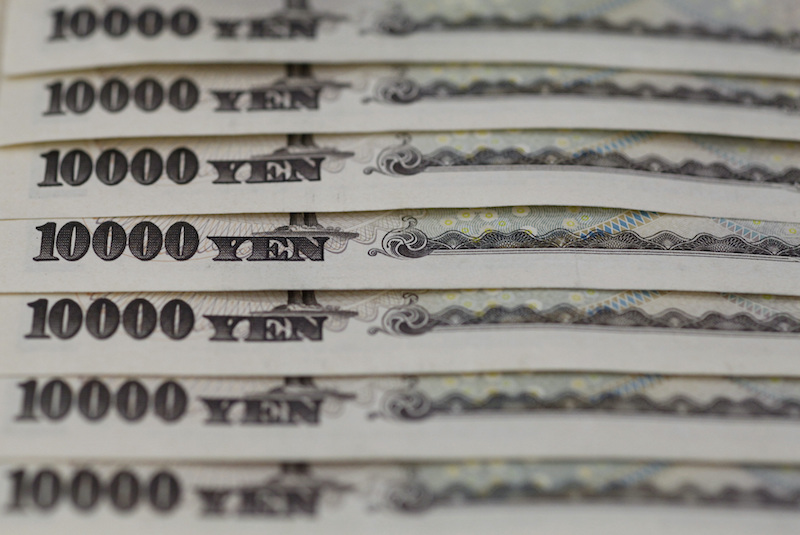Japan’s finance ministry has admitted it spent a record $42.8 billion on intervening in the currency markets this month to prop up the ailing yen.
The figure broadly matches the estimates of Tokyo money market brokers who suspected Japan had, without publicly admitting it, likely spent up to 6.4 trillion yen over two consecutive trading days of unannounced interventions.
A steep drop in the yen to a 32-year low of 151.94 to the dollar on October 21 likely triggered the intervention, followed by another one on October 24.
Also on AF: Asia Stocks Wobble on Rate Hikes Hopes, China Factory Data
However, the amount was nearly double the 2.8 trillion yen Tokyo spent last month in its first yen-buying and dollar-selling intervention in more than two decades. The latest intervention records were registered from September 29 to October 27.
The interventions helped to trigger an immediate drop in the dollar of more than 7 yen on October 21, and another dollar fall to the yen by around 5 yen on October 24 albeit temporarily.
The Japanese currency has since come under renewed pressure.
“Big spending on intervention has proved effective to a degree,” said Daisaku Ueno, chief FX strategist at Mitsubishi UFJ Morgan Stanley Securities. “The way Japan stepped into the market was a little indecent though as they apparently targeted thin trade seen late Friday evening and early Monday morning.”
“This suggested that the Japanese authorities will continue to attack market players selling off the yen beyond 150 yen.”
With solid US consumer spending data focusing attention on persistent inflation and dampening expectations of slower interest rate hikes by the Federal Reserve, while the Bank of Japan remains committed to ultra-low interest rates, the dollar was rising again late on Monday, up 1% at 148.45 yen.
Japan’s currency intervention data, comprising monthly totals released around the end of each month and daily spending released in quarterly reports, is watched closely for clues on how much more Japan might be willing to spend in its forays into the currency market.
Tokyo’s ‘Stealth’ Intervention
Monday’s figures will draw additional scrutiny after the finance ministry refrained from commenting on its apparent actions in the market this month, taking a stealth approach to intervention. It confirmed last month’s yen-buying action immediately after it occurred.
But while the markets are keen to examine how much Japan is willing to commit to intervention, there is little doubt that – at least for the foreseeable future – it has sufficient resources to continue stepping into the market.
Indeed, Japan’s top currency diplomat, Masato Kanda, has said there was no limit to the authorities’ resources for conducting intervention.
Japan held roughly $1.2 trillion in foreign reserves at the end of September, the second biggest after China, about one-tenth of which are held as deposits parked with foreign central banks and the Bank for International Settlements and can be readily tapped for dollar-selling, yen-buying intervention.
Moreover, four-fifths of Japan’s total foreign reserves are held as US Treasuries, bought during bouts of dollar-buying intervention at those times when the yen was surging. Those can easily be converted into cash.
Other holdings include gold, reserves at the International Monetary Fund (IMF) and IMF special drawing rights (SDRs), although procuring dollar funds from these assets would take time, ministry officials say.
- Reuters with additional editing by Sean O’Meara
Read more:
Japan Spent $6bn in Monday’s Suspected Yen Intervention
More Yen Intervention Suspected, But BOJ Unfazed by Its Slump
Japan’s Imports Surge 45% to Record High on Weakened Yen
























